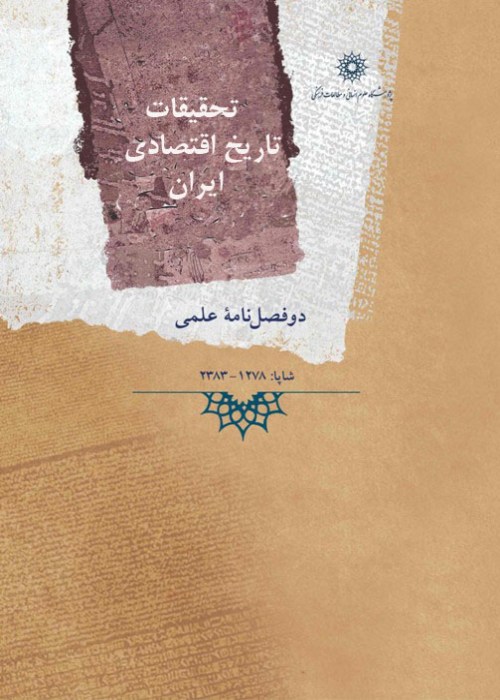The Position of Social Currents in the Developments Leading to the Decline and Fall of the Qajar Dynasty
Article Type:
Research/Original Article (دارای رتبه معتبر)
Abstract:
Apart from external factors and subsidiary influential forces, five main social currents have been involved in the Iranian political scene in every historical event from the Constitutional Revolution to the coup d’etat of 1299/1921. Princes, nobility, and supporters of the monarchy; intellectuals and libertarians; leftists; tribal leaders and nomadic chiefs; and the clergy. These five forces, who were different in character and influence and had conflicting but sometimes converging agendas and interests, lived in competition and conflict for the most part but were able to maintain their existence toward the end of the Qajar dynasty in the Fall of 1304/1925. Since the situations of these actors and the influence of their positions in the process of ousting Qajar have not been accurately studied; then, the present study attempts to answer this question: what were the circumstances and the status of the major social currents in Iranian politics during the overthrow of the Qajar and which were more influential than others. Based on the mentioned topic and by using the method of historical analysis as a coherent scrutiny of the documents in the historical course of events, the research concludes that the clergy realized the prospect of fundamental changes sooner than the other actors and by strengthening its credibility through the re-emergence of the seminary of Qom and the migration of religious leaders to Iran from Karbala and Najaf achieved organized and balanced relations with Sardar Sepah during the transfer of power. Other currents, however, were less aware of the facts of the day and the nature of their fierce rival or had lost their credibility altogether -either had to surrender to the will of Reza Khan- or by the beginning of the process of changes, they couldn’t cope with the situation and gradually had to crawl into a corner.
Keywords:
Language:
Persian
Published:
Journal of Institute for humanities and cultural studies, Volume:12 Issue: 1, 2023
Pages:
77 to 101
magiran.com/p2633603
دانلود و مطالعه متن این مقاله با یکی از روشهای زیر امکان پذیر است:
اشتراک شخصی
با عضویت و پرداخت آنلاین حق اشتراک یکساله به مبلغ 1,390,000ريال میتوانید 70 عنوان مطلب دانلود کنید!
اشتراک سازمانی
به کتابخانه دانشگاه یا محل کار خود پیشنهاد کنید تا اشتراک سازمانی این پایگاه را برای دسترسی نامحدود همه کاربران به متن مطالب تهیه نمایند!
توجه!
- حق عضویت دریافتی صرف حمایت از نشریات عضو و نگهداری، تکمیل و توسعه مگیران میشود.
- پرداخت حق اشتراک و دانلود مقالات اجازه بازنشر آن در سایر رسانههای چاپی و دیجیتال را به کاربر نمیدهد.
In order to view content subscription is required
Personal subscription
Subscribe magiran.com for 70 € euros via PayPal and download 70 articles during a year.
Organization subscription
Please contact us to subscribe your university or library for unlimited access!


